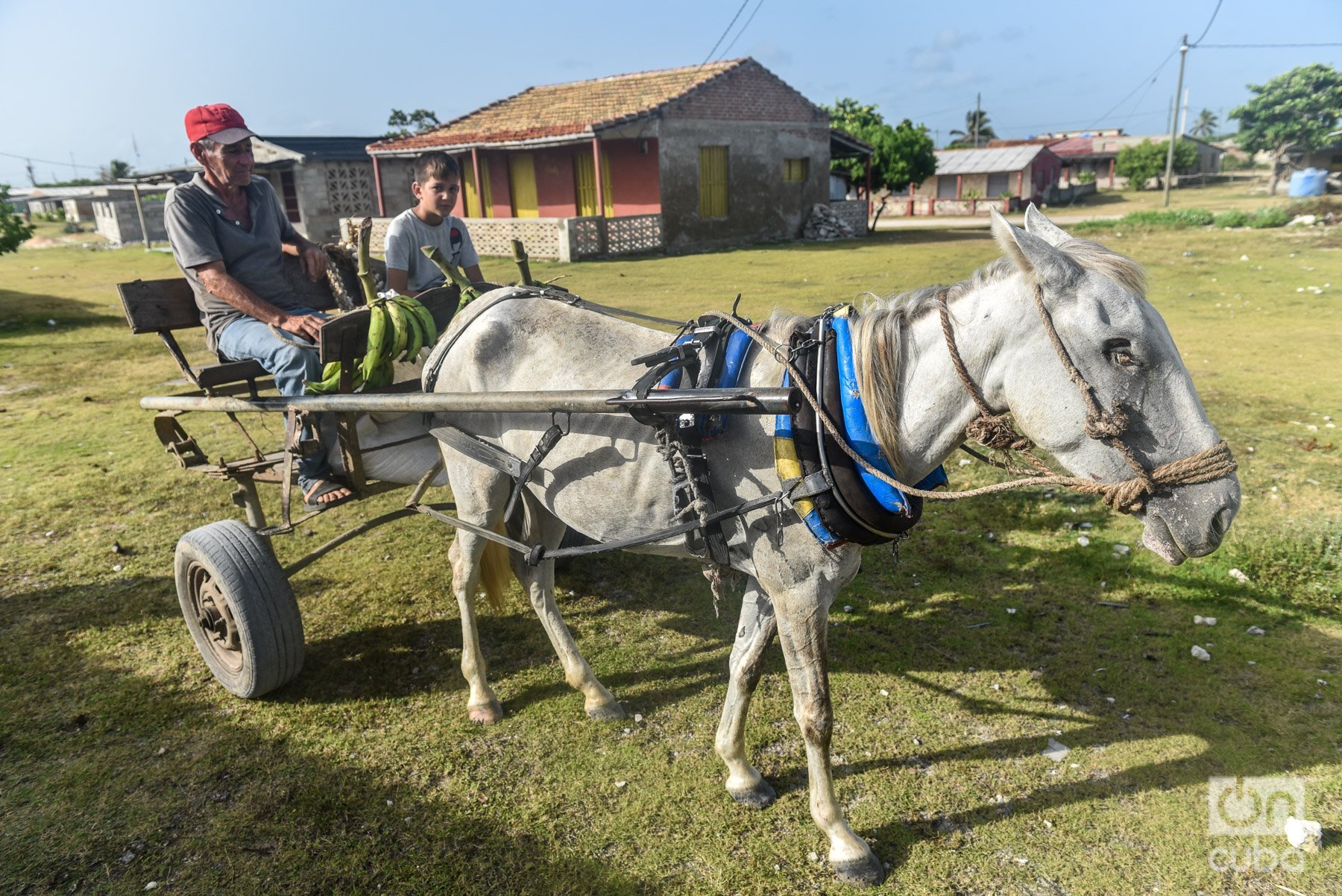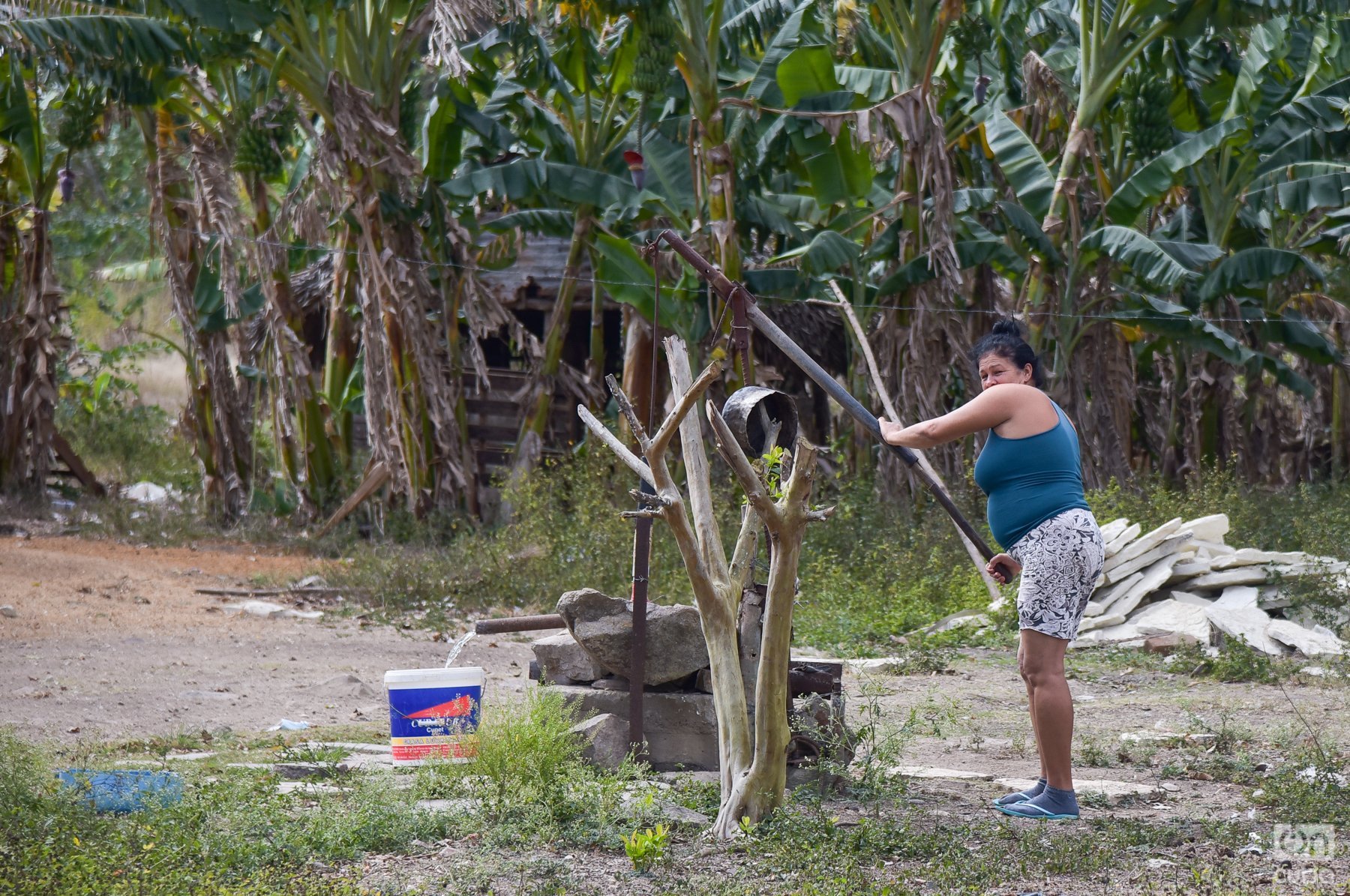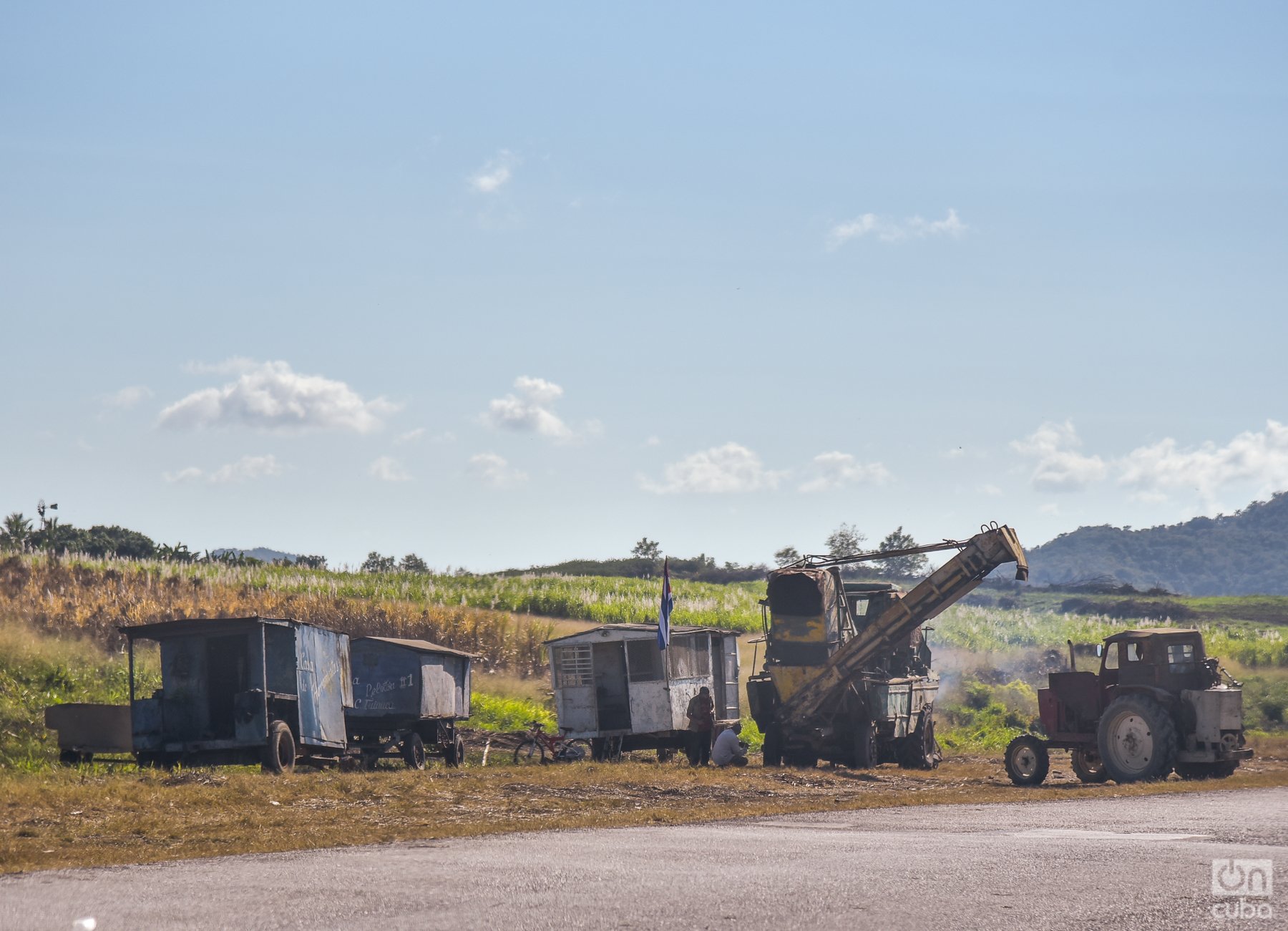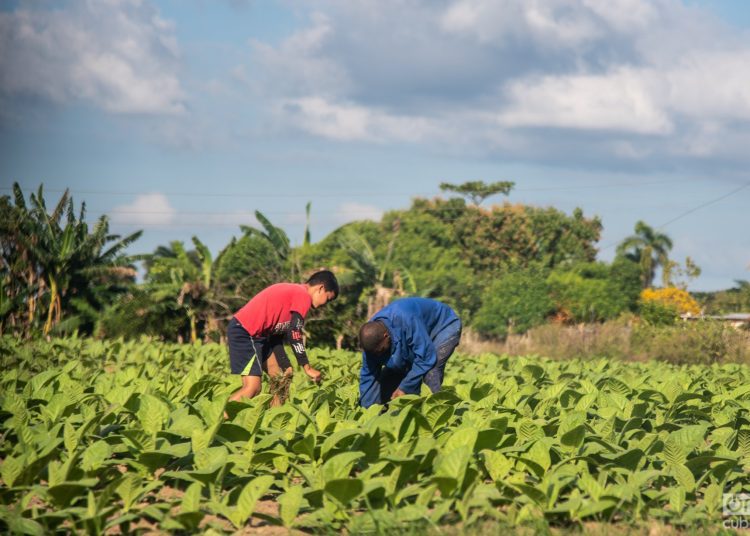Cuban rural areas and municipalities are being depopulated. The authorities have recognized more than once that this is a “complex” and pressing reality. However, the advance of the phenomenon is very difficult to reverse in the midst of the current crisis.
In Cuba, the rural population is considered to be the approximately 2.3 million people who reside within the perimeter of this type of settlement. The other 8.7 million Cubans live in urban areas, known as “the countryside” in Cuba, inhabited by only 23% of the population.
Regarding the total, the rural population has been reduced by nearly half since the early 1980s. Persistent inequalities between living conditions in “the countryside” and the “city” are at the heart of the problem.

Reasons for exodus
The decrease in the rural population is not exclusive to Cuba. Nor is it a new phenomenon. The trend, which manifested itself throughout the 20th century, was accentuated after the Revolution in 1959, thanks to the opening and diversification of study and employment opportunities outside these communities, which promoted the social mobility of its inhabitants. This was the case of mass access to secondary education and universities: the latter, all located in provincial capitals.
Since then, depopulation has continued; also due to other causes.
In the last Population and Housing Census, in 2012, 6,417 rural settlements were counted in the country. Of the total, half were located in the eastern provinces. Holguín reported the largest number, with more than a thousand.
Historically, regional asymmetries have existed in terms of economic development in Cuba. These have been verified between provinces (the eastern ones compared to those in the center and west); between rural and urban areas; and, within the rural setting, between the plains and the mountains. Havana continues to be ahead in terms of economic development from the rest of Cuba. Between the West and the East, the differences are historical, while the eastern provinces have a broader agrarian economic base than the central and western provinces, in general.
The reduction of these urban-rural inequalities has been a government priority since 1959. But, despite the progress made, towards the end of the 1980s gaps remained, and the backwardness of agricultural-based settlements was verified in indicators such as living conditions and schooling.1
The progress made was slowed by the effects of the crisis of the 1990s, and the present one. These have essentially been the measures aimed at local development, including the redistribution of income based on municipal development, greater decentralization and autonomy of local management and better use of local resources and possibilities.
However, the exodus continues.
Studies from the Center for Demographic Studies (CEDEM) of the University of Havana confirm that residents of rural areas tend to move to places that offer them more opportunities to improve their living and working conditions.
The balance tilts unequally between the countryside and the city in such sensitive aspects as access to services, educational level, housing conditions, and economic, age and gender differences.
The availability and coverage of water, sanitation, transportation and specialized medical services (secondary and tertiary) is insufficient in rural areas; in which, in turn, there are more limitations in schools (at the primary and secondary level) and in institutions caring for children, the elderly and people with disabilities.
The most remote rural settlement has more limitations in access to goods, basic services and mobility opportunities than those located closer to municipalities or cities.

In terms of transportation, the difficulties not only affect the domestic sphere but also hinder the obtaining of inputs and the sale of agricultural production that — in some cases, more than in others — represents the main source of income for the inhabitants of rural areas.
As explained by Juan Carlos Alfonso, deputy head of the National Office of Statistics and Information (ONEI), migration from rural areas is mostly female and of populations of active and reproductive ages. More men and elderly people tend to stay in the communities.
It is a fact that gender inequalities persist in the Cuban countryside; based on a social organization of activities and life that disadvantages women. They have less access to employment, wages, ownership of assets and social prestige, according to recent research.

Rural households have more precarious housing conditions than urban households. Of the former, 54% are in fair and poor condition, compared to 35% of the latter. The greatest burden of precariousness in such conditions falls on women — mostly involved in taking care of the house, cooking food, caring for the elderly and children.
Depopulation and agricultural production
In Cuba, policies have been implemented to address the reasons that cause internal migration in order to reduce flows and mitigate the depopulation of municipalities and rural areas; but the indicators have not improved.
CEDEM researcher María Ofelia Rodríguez explains that Cuba has established 113 measures to address demographic dynamics. In the most recent analysis on the subject, the authorities proposed another “71 actions,” still pending final approval — although it was clarified that in “a complex economic situation” like the current one, these will not be able to be deployed “at great speed.”
Either because the measures do not cover all the roots of the phenomenon or because their delayed or inefficient implementation does not bear fruit, rural communities do not recover, nor is the decline in production rates reversed.
Agricultural development depends on rural development. As experts have recognized, the productive and daily life challenges for rural areas involve the depopulation and aging of their people. With those who emigrate or age without replacement, ancestral knowledge and work culture are lost that are not recovered.
However, despite the decline in rural populations, it cannot be said that in Cuba there is no one who works the land. The island has about 994,000 workers in the agricultural system. According to the ONEI, at the end of 2022, of that total, just over 125,000 were women, and almost 803,000 were men.
According to Adriana Ballester, personnel director of the Ministry of Agriculture, 60% of this workforce is linked to production. This is equivalent to almost 600,000 people in the countryside.
At the end of 2022, this economic activity had the largest amount of workforce employed in the country; and since 2017 it marked an increase in the indicator (workforce); although it is not specified whether the labor force that is growing is directly linked to agricultural work.
On the other hand, production volumes, yield of tons per hectare, cultivated areas and worker productivity have decreased for most crops in the same time period, including root vegetables, vegetables, legumes and cereals.

The productive challenges involve not only the reversal of depopulation but also the low productivity of a sector whose workers have the third worst average salary and whose investment has fallen from 4.9% to 2.8% with respect to the total just in the last five years.
It is a sector that is also directly affected by the lack of fuel and supplies, means of work and transportation, among other elements that go against achieving better figures.
The sustained decline in productivity translates into greater demand for labor to achieve the same results; we are not even talking about increasing them. At the same time, the depopulation and aging of the inhabitants of rural communities turns the labor force into a limited resource.
Perhaps we do not need more hands to work the land, but rather ensure that those who do it do not want to leave because they do not have a decent life or possibilities of progress. The achievement of better results depends on the motivation and incentive of those who produce, as well as the resources allocated to agricultural activity.
________________________________________
Note:
1 Luisa Íñiguez Rojas, Edgar Figueroa Fernández and Enrique Frómeta Sánchez (2019). “La heterogeneidad territorial en las actuales estrategias de desarrollo rural en Cuba,” Temas 98: 56-64, April-June 2019.










What makes people work hard? Love of the land? Love of family? Love of country? Duty to God? Love of the work itself? The prospect of personal prosperity? All of those things to some degree.